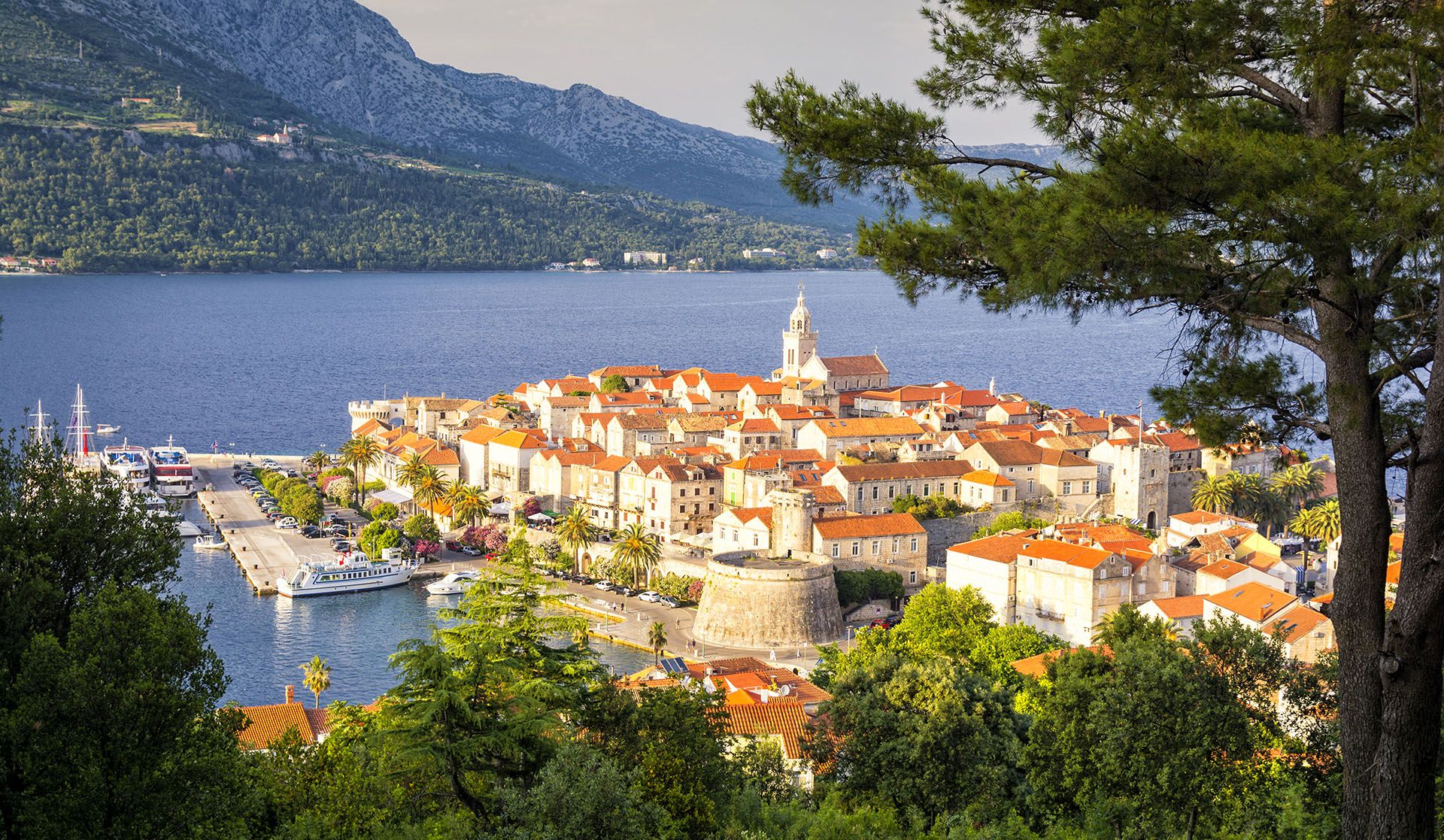What are the best islands to visit in Croatia?
Picking the right islands for your Croatia itinerary takes more than following the ferry map. Some islands look good on paper but feel flat once you arrive. Others are packed with people and offer little beyond overpriced restaurants and crowded beaches. The best places to visit in Croatia stand out for a reason. It might be a historic old town, a quiet bay you can swim in alone, a coastal trail through pine forest, or a konoba serving fresh fish straight off the boat. These are the places worth building your trip around.
Island hopping in Croatia is easy to plan. Ferries run often, distances are short, and each island has its own rhythm. You can spend a night in Hvar if you want bars and beach clubs, then take a boat to Vis or Šolta for peace and space. Mljet has forest trails and saltwater lakes, while Cres and Lošinj feel far removed from the tourist trail.
You do not need to tick off a long list. A few well-chosen islands can offer a better experience than trying to see them all. Focus on places with character. That is what sets the best islands in Croatia apart.
1. Hvar
Hvar is the show-off of the Croatian islands, and it knows it. Hvar Town brings the glamour: Renaissance architecture, cocktail bars, and a yacht crowd dressed like they’re on a Vogue shoot. It’s long been a summer hangout for celebrities, and the waterfront fills up with bronzed locals, visiting DJs, and boats worth more than your flat.
But that’s just one side of Hvar. Away from the camera-ready harbour, the rest of the island feels slower and more grounded. Inland villages like Velo Grablje sit among lavender fields, while Stari Grad and Vrboska keep their fishing village charm. These quieter spots are ideal for families or travelers who prefer grilled sardines to bottle service. Dozens of small coves make it easy to find a peaceful swim, even in peak season.
Hvar is also a major stop for sailing in Croatia, with the nearby Pakleni Islands offering perfect day trips.
How to get to Hvar
The fastest route is the catamaran from Split to Hvar Town. There are also ferries from Split to Stari Grad, which take vehicles.
When to visit Hvar
June and September are the best months, as they are sunny, lively, and not completely overrun. July and August are busy but still fun if you don’t mind the crowds.
















